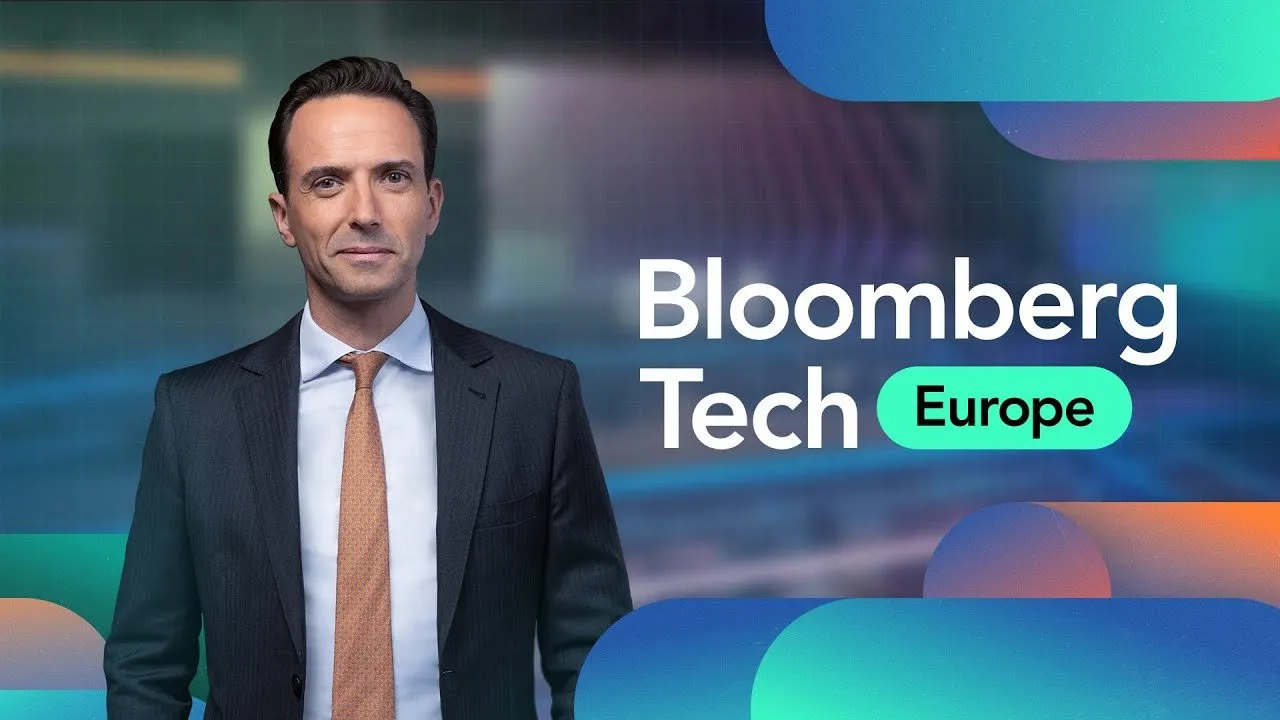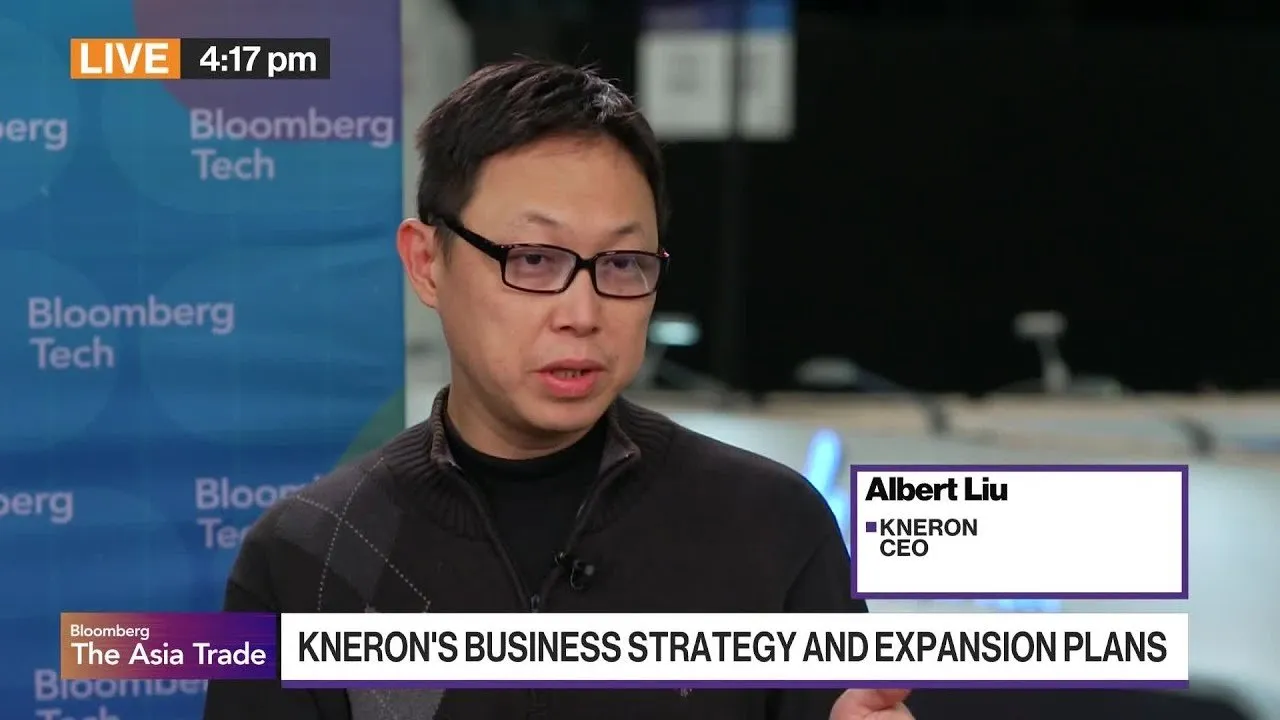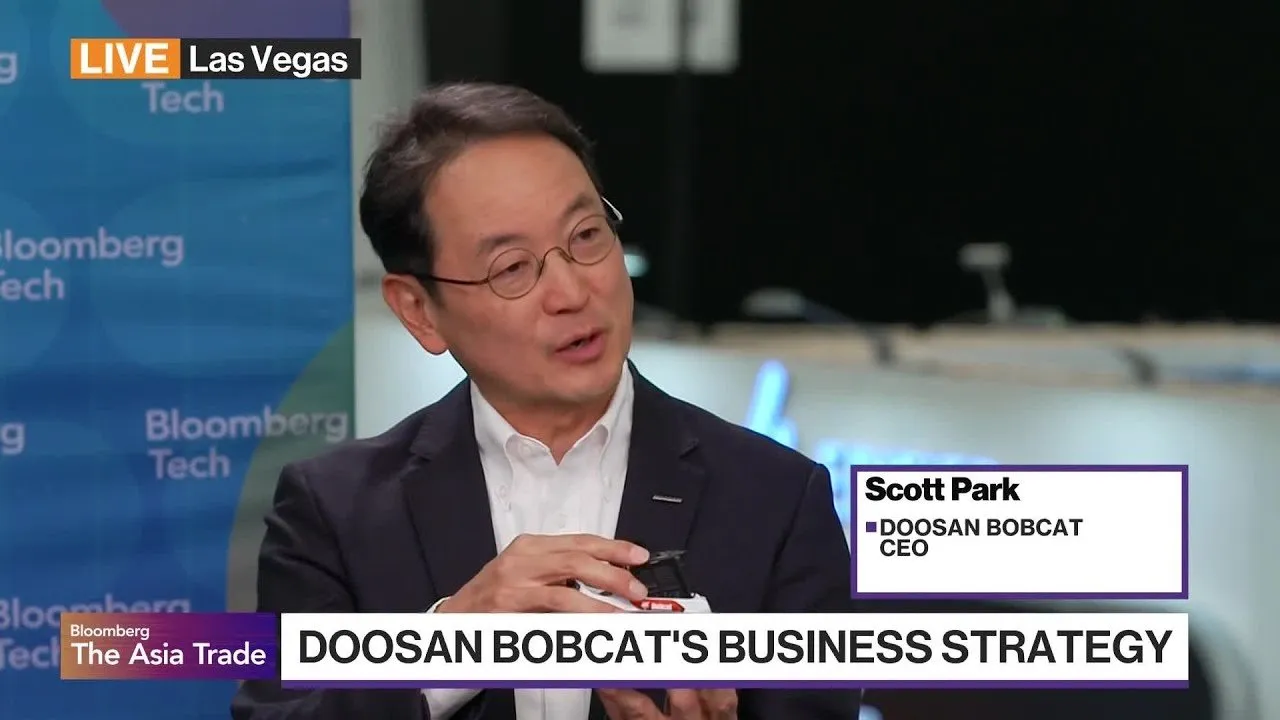Table of Contents
University of Pennsylvania professor Angela Duckworth explains why true grit requires loving what you do, how changing your situation beats willpower, and why successful people need strong partners at home to sustain excellence over decades.
Angela Duckworth, whose research on grit has influenced millions, challenges common misconceptions about achievement while revealing the surprising psychology behind sustained excellence and the overlooked role of strategic environment design.
Key Takeaways
- Passion is more foundational than perseverance in the grit equation—you can teach resilience skills, but love for the work must come first
- Successful people typically have strong, supportive partners at home who provide grounding and perspective during obsessive pursuit phases
- Changing your situation strategically often beats trying to overpower circumstances through willpower alone—the "James Bond" approach versus "Incredible Hulk"
- True grit involves chasing dissatisfaction rather than seeking comfort, constantly moving the finish line higher after each achievement
- Excellence requires approximately 70 hours per week of focused work, but this feels sustainable when it doesn't feel like "work" due to genuine passion
- Great performers focus on being in the right market/situation where effort has maximum return on investment rather than just working harder
- Nearly 50% of daily behavior operates on neural autopilot through habits, making intentional habit design crucial for sustained excellence
- The correlation between grit and life satisfaction is positive—grittier people report higher overall happiness, contradicting zero-sum assumptions about achievement and well-being
Timeline Overview
- 00:00–01:36 — Introduction and Time Obsession: Angela's punctuality philosophy, 24-hour email response rule, Danny Kahneman arriving early to Zoom calls, Olympic swimmer discipline origins
- 01:36–06:37 — The GOAT Discomfort: Visceral discomfort with compliments, practicing gratitude in class, cognitive dissonance between self-perception and external recognition of expertise
- 06:37–09:27 — Champion Mindset Paradox: Two answers to whether great people acknowledge greatness—always moving finish lines vs. justifiable pride in expertise demonstration
- 09:27–14:15 — Mr. Yom Teaching Excellence: LA math teacher getting students perfect AP Calculus scores, fastidious preparation systems, post-performance analysis obsession
- 14:15–16:03 — Chef Marc Vetri Expertise: Cooking class demonstration of world-class skill recognition, "this pesto is better because I know how to cook" confidence
- 16:03–18:12 — Devil Wears Prada Fashion: Meryl Streep's cerulean sweater monologue parallel, expert ability to see nuances invisible to others, Excellence appreciation
- 18:12–20:24 — Beyond Grit Research: Never boring of excellence study, next mountain focus on mentorship and environment, where mindsets and habits originate
- 20:24–28:23 — Satisfaction and Loneliness: Chasing dissatisfaction as grit prerequisite, loneliness at excellence peaks, positive correlation between grit and life satisfaction
- 28:23–32:52 — Success Journey vs Destination: Arthur Ashe quote, Stanford research on framing, Diana Nyad example, character development through difficult journeys
- 32:52–36:31 — Work-Life Integration: 168-hour weekly breakdown, encouraging young people to grind during peak powers, zero-sum game misconception about achievement and happiness
- 36:31–40:55 — 70-Hour Work Week Reality: Comfortable pace definition, what gets sacrificed, laptop-in-face family photos, empty nester advantages, compatibility with equally driven partner
- 40:55–47:07 — Charisma vs Passion Analysis: Founder storytelling requirements, Silicon Valley common denominators, loving work versus glass-chewing, passion as foundation for resilience
- 47:07–55:25 — Strong Partner Theory: Reference calls revealing long partnerships, counterweight grounding function, selection bias questions, symmetric vs asymmetric couple dynamics
- 55:25–57:45 — Next Book Preview: "Easier" title consideration, situation design over personal willpower, gritty people seeking strategic advantages, James Bond versus Incredible Hulk approaches
- 57:45–59:53 — Market Selection Philosophy: 40% success from right industry choice, avoiding dangerous "no pain no gain" oversimplification, return on investment prioritization
- 59:53–62:45 — Therapy Situation Change: Upstream questions about environment versus response modification, Philadelphia suburb to city relocation example, strategic maneuvering misconceptions
- 62:45–65:43 — Willpower Limitations: Research consensus on unreliable willpower, behavior change expert perspectives, goal system versus habit system brain functions
- 65:43–69:39 — Neural Autopilot Optimization: 45-50% of behavior on automatic habits, Steve Jobs decision elimination strategy, intentional good habit development in morning and bedtime routines
- 69:39–END — Excellence Definition: Greek "arete" concept, never tiring of watching craft improvement, constant pursuit of doing things slightly better than yesterday
The Punctuality Paradox: Why Time Obsession Signals Deeper Excellence
Angela Duckworth's relationship with time reveals the meticulous attention to detail that characterizes truly gritty performers. Her 24-hour email response standard and consistent early arrival habits mirror patterns she's observed in world-class achievers across disciplines.
"If it starts at 5:30, I should be here at 5:30," Duckworth explains, describing her rush from an overrunning Wharton meeting. But this isn't mere courtesy—it represents what she calls "seriousness of purpose." She recalls reading about an Olympic swimmer who realized the importance of arriving early to every practice, not just on time, as a catalyst for deeper commitment.
The principle extends beyond personal discipline to professional excellence. Danny Kahneman, whom Duckworth considers "the greatest living psychologist," consistently joins Zoom calls 2-5 minutes early, waiting patiently in virtual lobbies despite entering his tenth decade of life. This behavior pattern demonstrates that excellence requires sustained attention to seemingly minor details that compound over time.
"There's a kind of no—are we doing this or are we not doing this? If we're going to do it, then show up early," Duckworth tells her students. The habit creates momentum toward excellence while signaling respect for others' time and commitment to shared goals.
The punctuality obsession connects to broader questions about excellence sustainability. Great performers maintain exacting standards across multiple life domains, from professional achievements to interpersonal relationships, creating consistent excellence expectations that become automatic over time.
The GOAT Discomfort: Why Champions Resist Acknowledging Greatness
When confronted with suggestions that she might be considered among the greatest psychology researchers of her generation, Duckworth experiences visceral discomfort. "I am probably viscerally uncomfortable with the idea that anybody would look up to me like the rest of us look up to Danny Kahneman," she admits.
This reaction illuminates a fundamental paradox in high achievement psychology. Duckworth identifies two competing answers to whether great people acknowledge their greatness. The first suggests that what makes champions exceptional is their inability to see themselves as having reached any apex—they're constantly comparing themselves to higher standards and moving finish lines.
Mr. Yom, a legendary LA math teacher who regularly produces students with perfect AP Calculus scores, exemplifies this mindset. After a successful conference presentation, instead of celebrating, he retreated to his hotel room to replay every moment and identify improvement opportunities. "He was always asking himself to get to a level that he's not yet at," Duckworth observes.
However, the second answer acknowledges that elite performers do recognize their capabilities at some level. Chef Marc Vetri, during a cooking class demonstration, confidently declared that his pesto would surpass store-bought versions "because I know how to cook." This represents justifiable pride in genuine expertise rather than empty boasting.
The resolution involves holding both truths simultaneously—champions maintain relentless improvement focus while acknowledging their current capabilities. This cognitive balance prevents both complacency and destructive self-doubt, enabling sustained excellence over decades of pursuit.
The Passion-First Principle: Why Love Matters More Than Grit
Common misconceptions about grit overemphasize the perseverance component while undervaluing passion's foundational role. Duckworth argues that without genuine love for the work, sustained excellence becomes nearly impossible regardless of resilience training.
"We could teach resilience skills, we could teach them a growth mindset, but you have to begin with loving what you do," she explains. "Most people will emerge as shockingly resilient once they do love something, and it's almost impossible to be that hardworking and consistent about something you don't deeply love."
This insight challenges conventional wisdom about motivation and achievement. Rather than viewing grit as the ability to power through unpleasant tasks, Duckworth reframes it as finding work so compelling that sustained effort feels natural rather than forced. The passion component enables the perseverance component rather than competing with it.
The principle applies particularly to entrepreneurial contexts where exponential company growth demands exponential personal development. "What closes that gap is grit, but specifically what closes that gap is those that care so much that they're learning at a pace that allows them to close that gap," Duckworth notes.
She describes observing highly gritty individuals with significant skill deficits who nonetheless achieve remarkable success through sheer determination to master necessary capabilities. "You can find somebody who's 10 out of 10 on grit—run, don't walk. Hire them and fund them. That person will prevail."
The passion-first principle suggests that recruitment and selection processes should prioritize indicators of genuine enthusiasm over existing competencies, since passionate individuals will acquire missing skills more reliably than skilled individuals will develop authentic passion.
The Strong Partner Phenomenon: Why Excellence Requires Support Systems
Duckworth's research reveals an unexpected common denominator among high achievers: strong, supportive romantic partnerships. This pattern contradicts popular narratives about success requiring sacrifice of personal relationships.
Through extensive reference interviews with high performers' family members, Duckworth consistently encounters couples who've been together for decades and remain "hopelessly in love with each other." This surprises her given cultural assumptions about excellence demanding isolation and relationship sacrifice.
The strong partner phenomenon serves multiple functions. First, partners provide grounding and perspective during periods of intense obsession. "I think it's so daunting, this idea of taking on a hill like a startup, that there needs to be almost a counterweight that's grounding you to real life and the world," she observes.
Second, partners often attracted to individuals' grit before they achieved recognition, creating support systems that predate external validation. When facing inevitable rejection and criticism during pursuit phases, having someone who believed in your potential before others recognized it becomes psychologically crucial.
Third, the relationship itself provides information about character and capability. The ability to attract and maintain a strong partnership suggests emotional intelligence, communication skills, and commitment capacity that transfer to professional excellence.
Duckworth's personal experience confirms the pattern. "Would I be able to do what I'm doing without Jason? I don't think so," she reflects about her husband. "Every day I wake up and I'm like, 'Wow, I am so loved.'" This foundation enables risk-taking and sustained effort that might otherwise feel impossible.
Situation Design Over Willpower: The James Bond Approach to Excellence
Duckworth's forthcoming book challenges the "Incredible Hulk" mentality of overpowering circumstances through sheer willpower. Instead, she advocates for "James Bond" strategic thinking that changes situations to make excellence easier rather than fighting against environmental constraints.
"When people think of something that's hard to do, they really think of their will, their willpower—it's them against the situation," she explains. "There is a kind of Incredible Hulk machismo to that, like can you overpower the circumstances against you? I prefer a James Bond smart approach."
This principle applies across domains from personal health to professional achievement. Rather than relying on willpower to avoid junk food, design your environment to eliminate tempting options. Rather than grinding against market forces, position yourself where trends work in your favor.
The insight emerges from two decades of willpower research showing its fundamental unreliability. "Ask any social scientist who studies behavior change and goal setting how they feel about willpower—I challenge you to find a single one who thinks that's what people should use," Duckworth states.
Great performers instinctively apply situation design principles. They seek markets where effort has maximum return on investment rather than simply working harder in unfavorable conditions. They create habits that automate good decisions rather than relying on conscious choice under pressure.
The approach requires reframing what constitutes legitimate achievement. Many people view situation optimization as "cheating" compared to raw determination, but Duckworth argues this represents misguided heroism that makes excellence unnecessarily difficult and unsustainable.
The 70-Hour Sustainable Pace: Redefining Work-Life Integration
Duckworth's personal routine challenges conventional work-life balance assumptions while demonstrating sustainable excellence practices. She describes 70 hours per week as her "comfortable pace"—equivalent to jogging while maintaining conversational ability rather than sprinting unsustainably.
"That's 12 hours a day, then 5 hours on Saturday and 5 hours on Sunday," she breaks down. "Wow, 5 hours on Saturday—you can go to the farmers market, take a walk with your friend, play golf, have dinner. I could do a lot of things that I want to do."
This schedule works because the distinction between "work" and "life" blurs when passion drives activity. Duckworth genuinely enjoys her research, teaching, and writing to the extent that it doesn't feel like traditional employment. "I work so hard. I wake up and have a cup of tea, and even while drinking tea I'm working. I work pretty much all the way through, and I'm doing that because I want to."
The integration approach differs from seeking perfect balance between competing priorities. Instead of compartmentalizing work and personal time, Duckworth and her equally driven husband Jason create compatible rhythms that honor both individual excellence pursuits and relationship maintenance.
She acknowledges costs and compromises, particularly during her daughters' childhood when laptop screens frequently appeared in family photos. However, she rejects guilt about interests she doesn't pursue—pop culture, current events, mechanical skills—viewing specialization as necessary for excellence rather than problematic limitation.
The 70-hour pace becomes sustainable through habit automation, passion alignment, and partner compatibility rather than heroic willpower deployment that inevitably leads to burnout or resentment.
Neural Autopilot Optimization: The Hidden Half of Excellence
Research estimates that 45-50% of daily behavior operates on neural autopilot through habits rather than conscious decision-making. Duckworth emphasizes the crucial importance of intentionally designing these automatic patterns to support rather than undermine excellence goals.
"The brain has two systems—one is the goal system and one is the habit system," she explains. "The goal system is any conscious deliberation at all. The habit system is truly neural autopilot—you have a cue and you don't think about anything, you just execute."
Steve Jobs's black turtleneck uniform exemplifies strategic habit design that eliminates unnecessary decisions to preserve cognitive resources for more important choices. Barack Obama, Mark Zuckerberg, and other high performers apply similar principles to reduce decision fatigue while ensuring consistent execution of excellence-supporting behaviors.
Duckworth applies this insight systematically, working with students to develop positive habits while continuously expanding her own morning and bedtime routines. "I'm trying to get everything I can into habit mode, but I have to get it into habit mode the right way because you can spend half your life doing things habitually, but they could be unhealthy habits."
The optimization process requires initial conscious effort to establish patterns that eventually become automatic. Morning routines, exercise schedules, communication protocols, and workspace organization can all transition from effortful choices to seamless execution through repetition and environmental design.
Understanding neural autopilot explains why situation design often proves more effective than willpower deployment. Rather than fighting automatic impulses through conscious override, successful people redesign their environments to make desired behaviors the natural default response to predictable cues.
Common Questions
Q: Does pursuing excellence necessarily make you unhappy or lonely?
A: Research shows a positive correlation between grit and life satisfaction—grittier people report being more satisfied with their lives overall, contradicting zero-sum assumptions about achievement and well-being.
Q: Is passion or perseverance more important for sustained excellence?
A: Passion provides the foundation because you can teach resilience skills, but authentic love for the work must come first. Most people become surprisingly resilient once they genuinely love what they're doing.
Q: How do you identify truly gritty people during hiring or investment decisions?
A: Look for individuals who are "10 out of 10 on grit" even if they have skill deficits—they will learn and adapt faster than skilled people without genuine passion for the work.
Q: Why do so many successful people have strong romantic partnerships?
A: Partners provide grounding, perspective during obsessive phases, and often believed in their potential before external recognition, creating crucial support systems for sustained excellence pursuit.
Q: What's more effective—willpower or changing your situation?
A: Situation design beats willpower because willpower is fundamentally unreliable. The "James Bond" strategic approach of optimizing environments outperforms the "Incredible Hulk" method of overpowering circumstances.
Conclusion
Duckworth's research reveals that excellence emerges not from superhuman determination but from strategic passion cultivation, environment optimization, and support system development. Her work challenges common misconceptions about achievement while providing practical frameworks for sustainable high performance across domains.
Practical Implications
- Prioritize passion over existing skills when hiring or choosing collaborators, since genuine enthusiasm enables rapid learning and adaptation
- Design environments that make desired behaviors automatic rather than relying on willpower to overcome unfavorable circumstances consistently
- Invest in strong personal relationships as essential infrastructure for sustained professional excellence rather than viewing them as competing priorities
- Optimize the 45-50% of behavior that operates on neural autopilot through intentional habit development in morning routines, workspace design, and communication protocols
- Choose markets and situations where effort has maximum return on investment rather than simply working harder in unfavorable conditions
- Reframe work-life integration around compatible rhythms and shared values rather than perfect balance between competing time allocations





